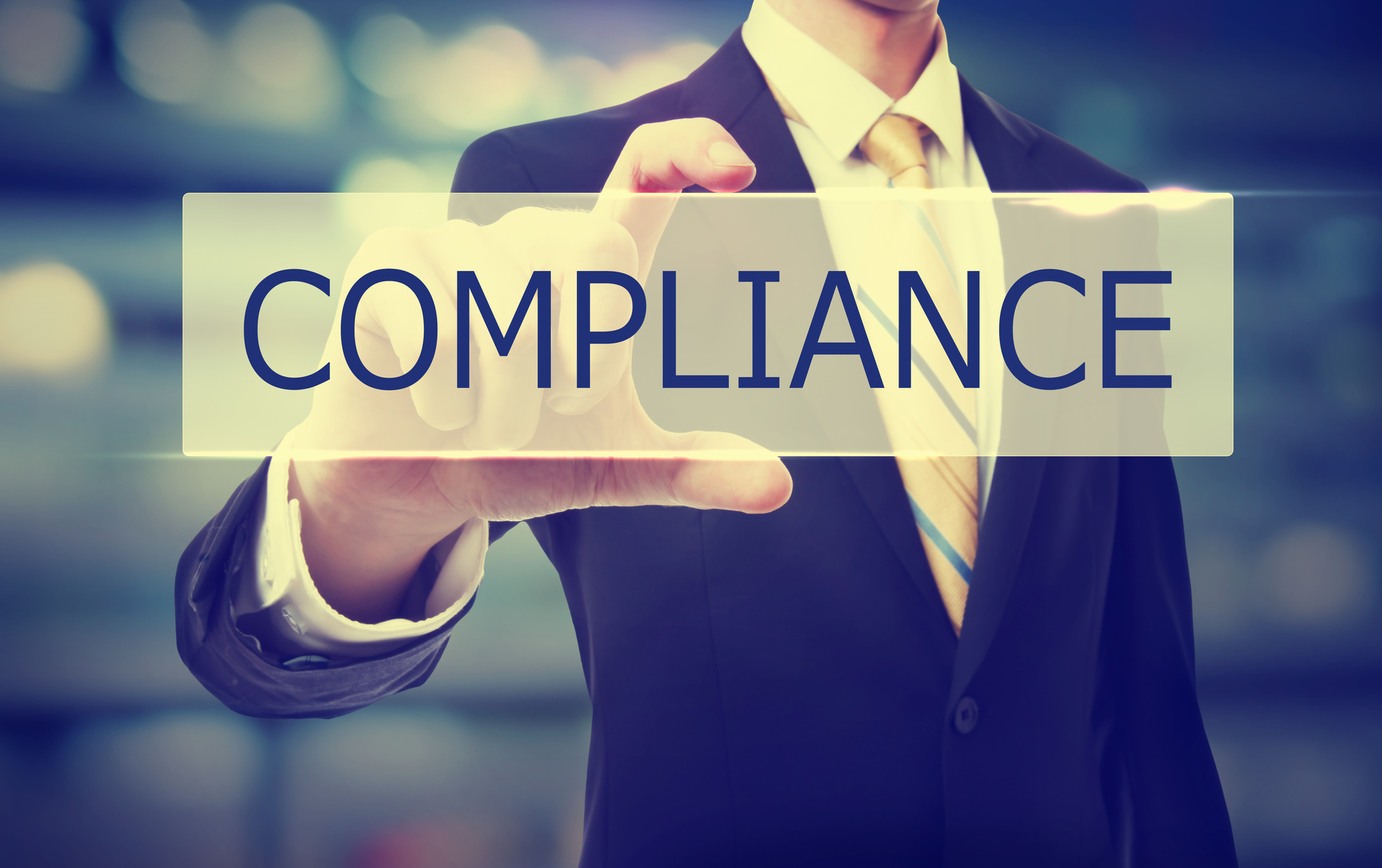Even when you think you’ve checked every box regarding compliance management solutions, another one seems to crop up.
Plus, you need to be thinking about your staff members constantly. Not even the most innovative and high-quality PPE will protect them if they aren’t willing to wear it compliantly and consistently.
Having a strong, clear, and robust system in place is essential. It ensures that your staff members understand and adhere to workplace safety rules, so your brand can meet OSHA regulations and protect against risk.
If you’re not sure where to start, don’t worry. We’re here to help. Here are our compliance management solutions and tips to help you streamline workplace safety.
1. Identify Company Values
First things first, identify company values. Your brand values are so important and they help develop a company culture, ideals, and goals. If you’re employees aren’t aware of your company values, building a culture of compliance and safety cannot work.
Once you identify your business values, you can create a culture of compliance around them.
2. Promote Accountability
Even successful teams make mistakes. However, instead of dwelling on them, they learn from them.
Sometimes staff members need to recognize that their performance isn’t up to scratch and must take action to fix it. This same model applies to compliance.
Everyone in the work environment needs to feel confident identifying when behaviors don’t match company values and are willing to take actions to make corrections.
Accountability sometimes starts with leadership. For example, it can begin with acknowledging that staff members have not been wearing their PPE correctly, and that must change immediately.
3. Offer Training
Teaching all staff members about workplace safety compliance is essential, no matter what their role is in the company. Compliance safety training is often significantly different from the training required by staff members on the front line.
If nothing else, each role has its specific duties and responsibilities regarding compliance, so each training session must be handled differently.
It’s essential to recognize that managers are also in a unique role to potentially abuse their power. Training should highlight that certain types of behavior will never be tolerated, even by management.
4. Make Compliance Enjoyable
Sure, compliance topics are pretty serious and sometimes dull. However, as a business owner, you can still make them fun for your employees.
Many people dread compliance training because they feel like they’re being told off, so it’s essential to find positive and creative ways. One way to do this is to celebrate some ‘awareness’ days and use them to open essential conversations.
For example:
- National Burn Awareness Week (first week of February)
- Ladder Safety Month (March)
- National Work Zone Awareness Week (April)
- National Electrical Safety Month (May)
5. Create and Enforce Clear Policies
Clearly communicated safety policies are essential to any safety program. After all, if your staff members don’t know what’s expected of them, you can’t fault them for making mistakes.
Disciplinary policies must be communicated and enforced consistently so team members take them seriously. The most successful disciplinary after often accumulative, with a first offense leading to a mild consequence such as a verbal warning.
Severe or repeated disdain for safety can result in more serious consequences, up to and including termination.
Ensure that your policies don’t retaliate against staff members for reporting injuries and hazards, as in most cases, these aren’t their fault. Policies should be focused on behaviors rather than outcomes. For example, not wearing PPE correctly or at all.
6. Secure Supervisor Support
As the most immediate point of contact with management, supervisors have a significant impact on how staff members understand the importance of workplace OSHA compliance. If supervisors give off the message that safety isn’t important, or they don’t comply to it, staff members will follow their lead.
Make sure you have separate training for supervisors, too, and ensure that you gain their support.
7. Don’t Just Check Boxes
Compliance is much more than just ‘checking a box.’ If you want to build a safety compliance culture in your workplace, you’ll need to get involved and get your hands dirty.
One difference between ‘checking boxes’ and compliance culture is the conversation. In a checkbox culture, the discussions around compliance are very biased and one-sided.
Make these real discussions and ask questions to learn what’s happening in the workplace. Encourage people to share their experiences. This will help your employees feel more valued and listened to, and they’ll be more likely to follow safety policies.
Look at safety compliance training to maintain a healthy and open environment, instead of a tedious and boring requirement. That way, you can promote a more positive culture and approach to training.
When you create more discussions, you’ll soon see that not everyone is comfortable. Make a note of this, but don’t stop the dialogue.
Without hard conversations, the right decisions cannot be made.
Are You Ready to Implement These Compliance Management Solutions?
When working to streamline workplace safety, realize that you’re not alone. A company culture won’t change overnight, but you can begin the process of change by putting forward policies and sharing your ideas with other influential people in your business.
Start making these changes as soon as possible. Then staff members will be much more responsive to your compliance training moving forward.
If you need help cultivating a safe workplace, consider our safety data sheet management services and compliance management solutions. That way, staff members will know exactly what’s in a chemical substance and how to handle it. Learn more here.


